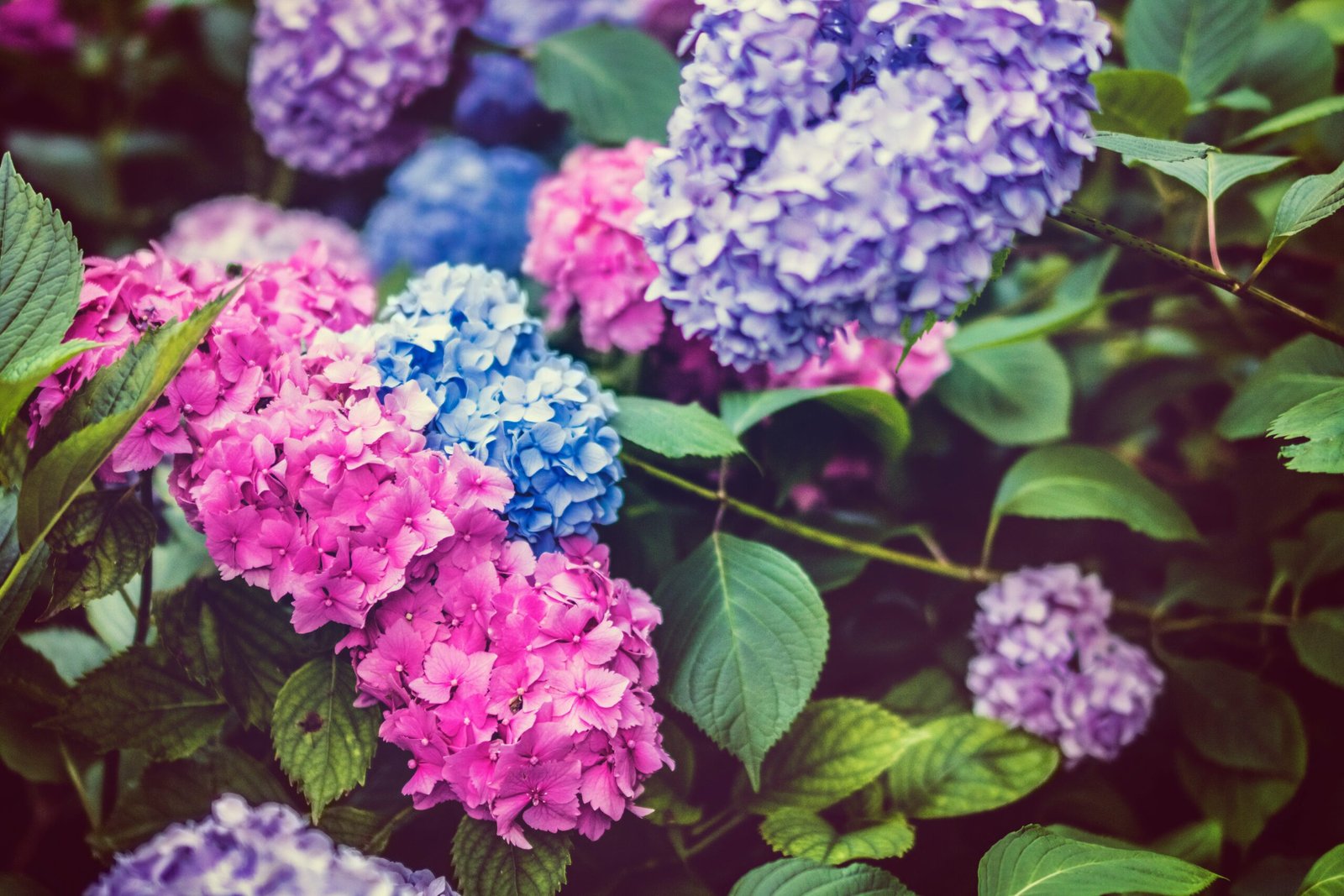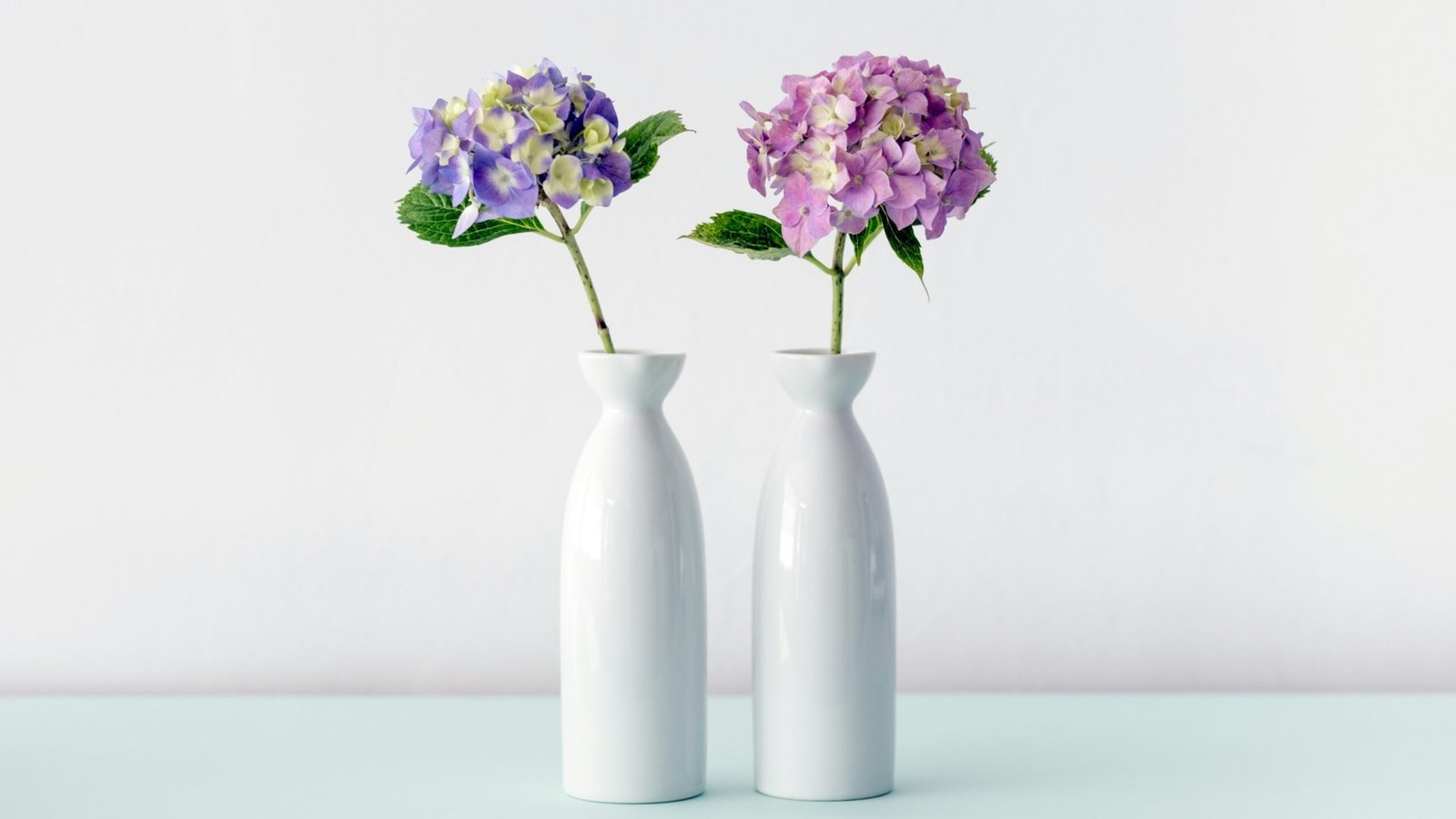
They are among the most beloved ornamental plants in gardens around the world. With their large, vibrant blooms and lush foliage, they add a burst of color and elegance to any landscape. At Springs Gtrading FZCO, we are passionate about helping you make the most of your outdoor spaces, and they are a fantastic choice for gardeners and landscapers alike. In this guide, we’ll explore everything you need to know about them, from planting to care, and how to incorporate them into your landscape.
1. Why Hydrangeas?
They are popular for their showy flower heads, which come in a variety of colors including blue, pink, purple, and white. The unique characteristic of some them is their ability to change color based on soil pH levels. Acidic soil produces blue flowers, while alkaline soil turns the flowers pink. This makes it not only beautiful but also intriguing plants for avid gardeners.
2. Types of Hydrangeas

There are several different types of them, each with its own distinct characteristics:
- Bigleaf Hydrangea (Hydrangea macrophylla): Known for its large, round flower heads, this type is one of the most popular. It includes mophead and lacecap varieties.
- Panicle Hydrangea (Hydrangea paniculata): This variety features cone-shaped flower clusters and can tolerate full sun better than others.
- Smooth Hydrangea (Hydrangea arborescens): Known for its white blooms, this type is hardy and low-maintenance.
- Oakleaf Hydrangea (Hydrangea quercifolia): This variety has uniquely shaped leaves that resemble oak leaves and changes color in the fall.
3. Planting Hydrangeas

When planting them, location is key. They thrive in areas with morning sun and afternoon shade. Here are some steps for successful planting:
- Choose the Right Spot: It prefer well-drained soil that retains moisture. They should be placed where they will get at least four hours of sunlight per day.
- Prepare the Soil: Adding compost or organic matter to the soil will help retain moisture and provide nutrients.
- Planting Depth: Plant them at the same depth they were in their nursery pot. Ensure there’s enough space between plants for air circulation, which helps prevent disease.
4. Caring for Hydrangeas
To keep your hydrangeas healthy and blooming year after year, follow these simple care tips:
- Watering: It need regular watering, especially in hot climates. Make sure the soil stays consistently moist, but not waterlogged.
- Fertilizing: It benefit from balanced fertilizers. Apply in spring or early summer to promote healthy growth and blooms.
- Pruning: The pruning method depends on the type of them. For Bigleaf and Oakleaf varieties, prune after flowering, while Panicle and Smooth They can be pruned in late winter or early spring.
5. Hydrangeas in Your Landscape
they are incredibly versatile and can be used in various ways to enhance your garden:
- Borders and Hedges: Use it to create colorful borders or low hedges. Their large blooms and lush leaves make them perfect for defining spaces.
- Container Gardening: It can be grown in pots, making them ideal for patios, terraces, or smaller gardens. Just make sure to water them frequently.
- Accent Plants: Plant It as focal points in your garden. Their stunning blooms will draw attention and create a sense of beauty and serenity.
6. Changing Hydrangea Colors

One of the unique features of some of them is their ability to change flower color depending on soil pH. If you want blue flowers, make the soil more acidic by adding sulfur or aluminum sulfate. For pink blooms, increase the soil’s alkalinity by adding lime. This color-changing ability makes it both fun and interactive plants to grow.
Conclusion
They are a timeless addition to any garden, offering beauty and versatility. Whether you’re a seasoned gardener or just starting, they are relatively easy to care for and can transform your outdoor space. At Springs Gtrading FZCO, we provide a variety of gardening supplies to help you cultivate the perfect environment for your hydrangeas to thrive.
Let me know if you’d like any changes or additions!

